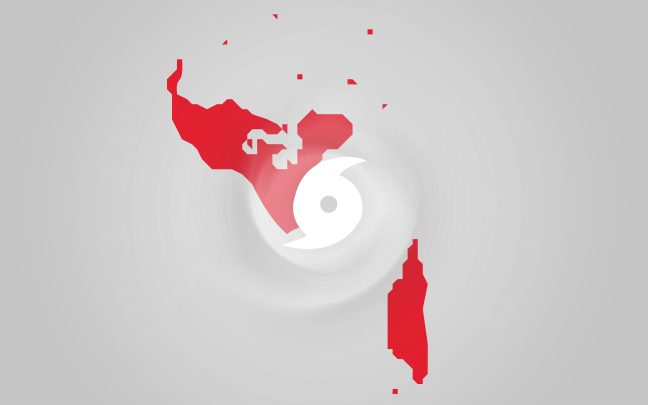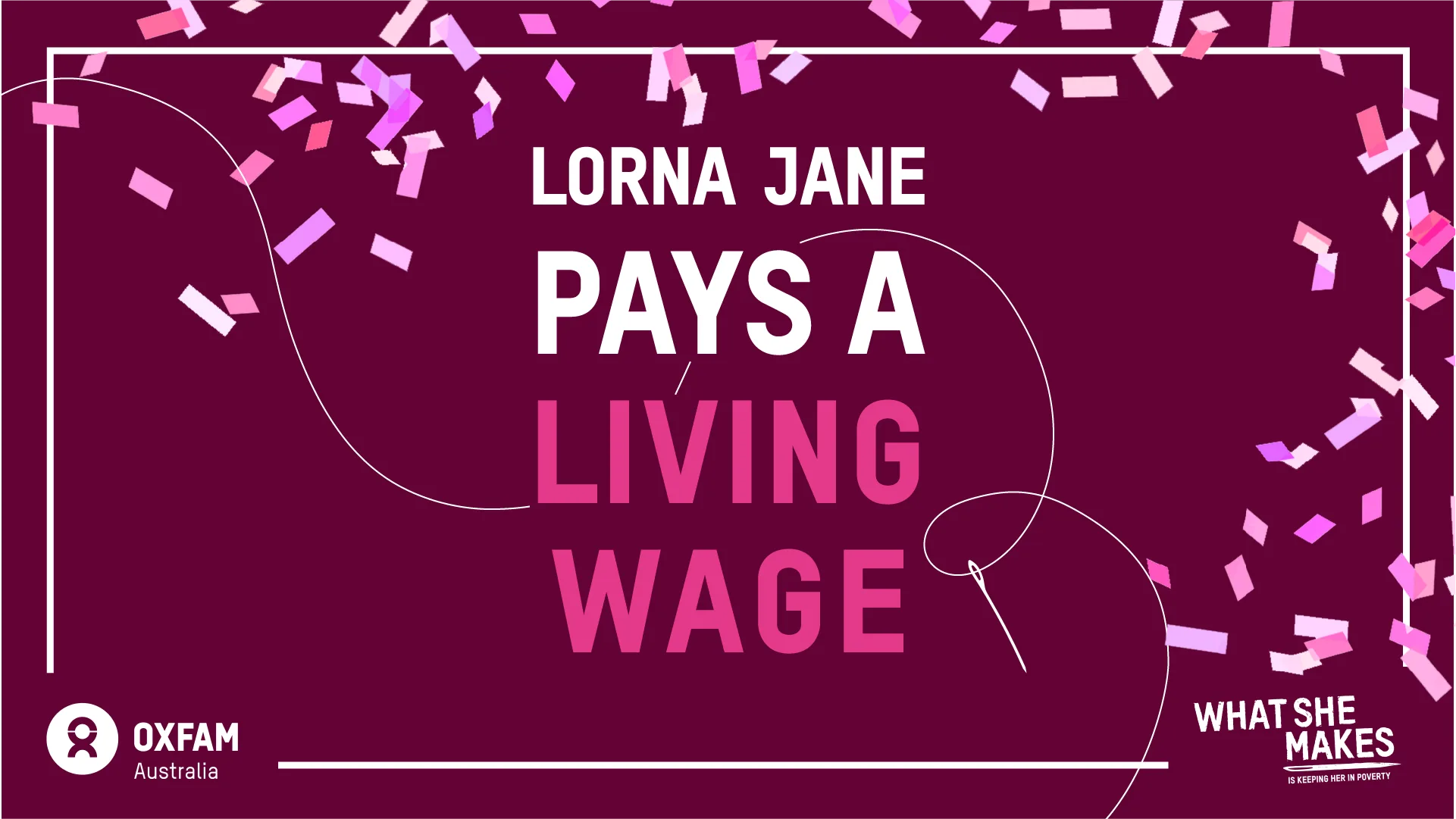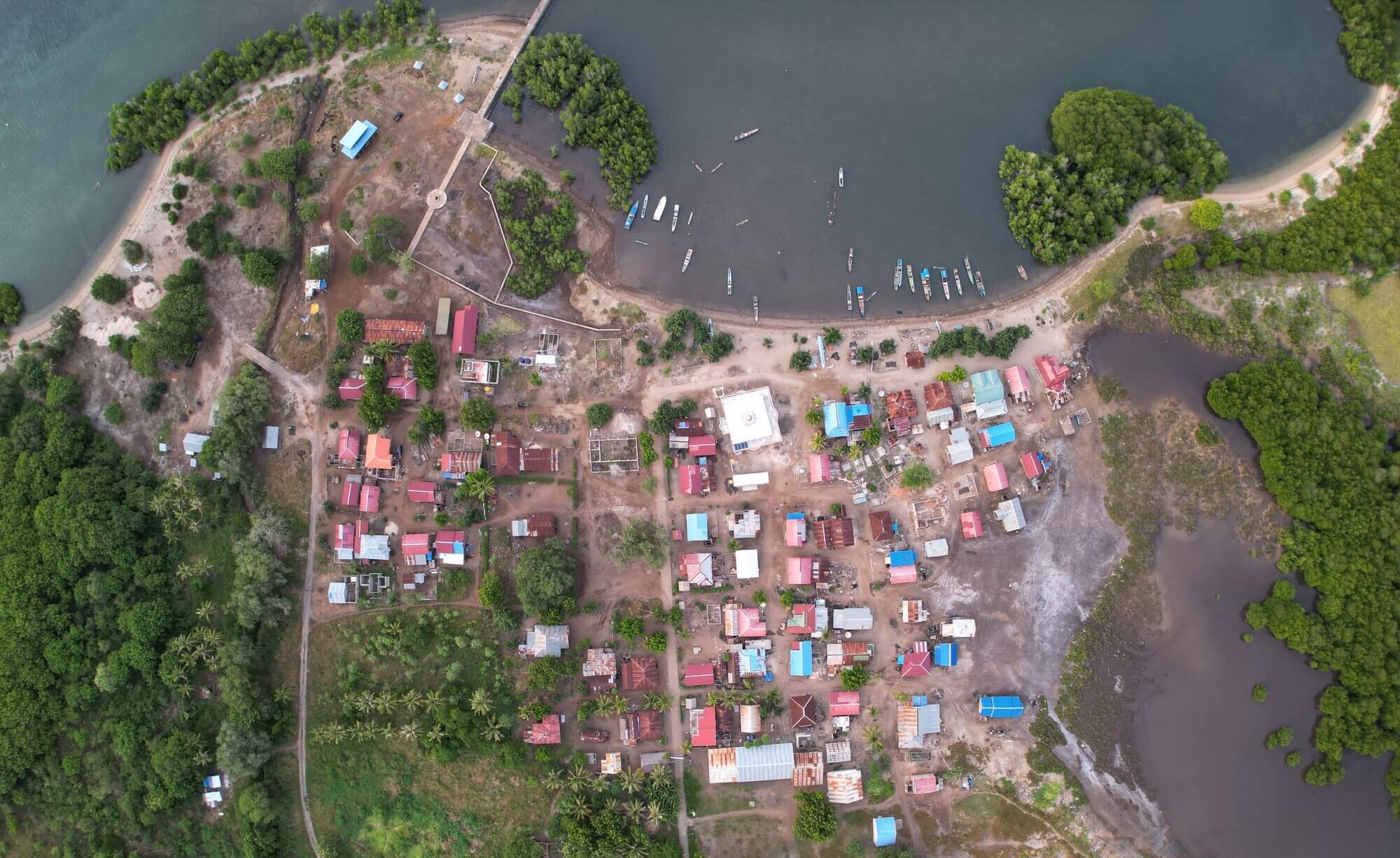Oxfam is sending a rapid assessment team to Tonga to assess the situation on the ground after Cyclone Ian devastated the region.
Tonga’s northern island group of Ha’apai (population 6,600) experienced the brunt of the destructive winds.
Initial reports indicate winds at the storm’s centre at just over 200 kilometres an hour, with gusts of up to 290 kilometres an hour. Heavy rain, strong winds, high ocean swells and flash flooding may have contributed to further damage in the surrounding areas.
Cyclone Ian was a “slow-moving” cyclone, which typically leads to greater destruction.
In Pangai, the capital of Ha’apai, one home was lifted and transported 50 metres before being coming to rest. The total number of damaged or destroyed houses is currently unknown.
The extent of the devastation is still unclear but a representative from the National Emergency Management Office (NEMO) reported damage to major public buildings including the Palace, market, magistrate and police offices.
The concern now is delivering clean water, sanitation and emergency aid to those affected on the ground.
“Once the critical needs are assessed we’ll decide whether we need to help with the supply of clean water and sanitation or assisting farmers, fishermen and markets to secure the food supply – or both,” Oxfam Australia’s Pacific Regional Manager Vita Maiorano said.
“We have experienced engineers and farming specialists ready to go.”
You can help. Please support those affected by Cyclone Ian and donate urgently to Oxfam’s International Crisis Fund
Our International crisis fund ensures that we’re able to respond quickly and efficiently when an emergency occurs around the world.




